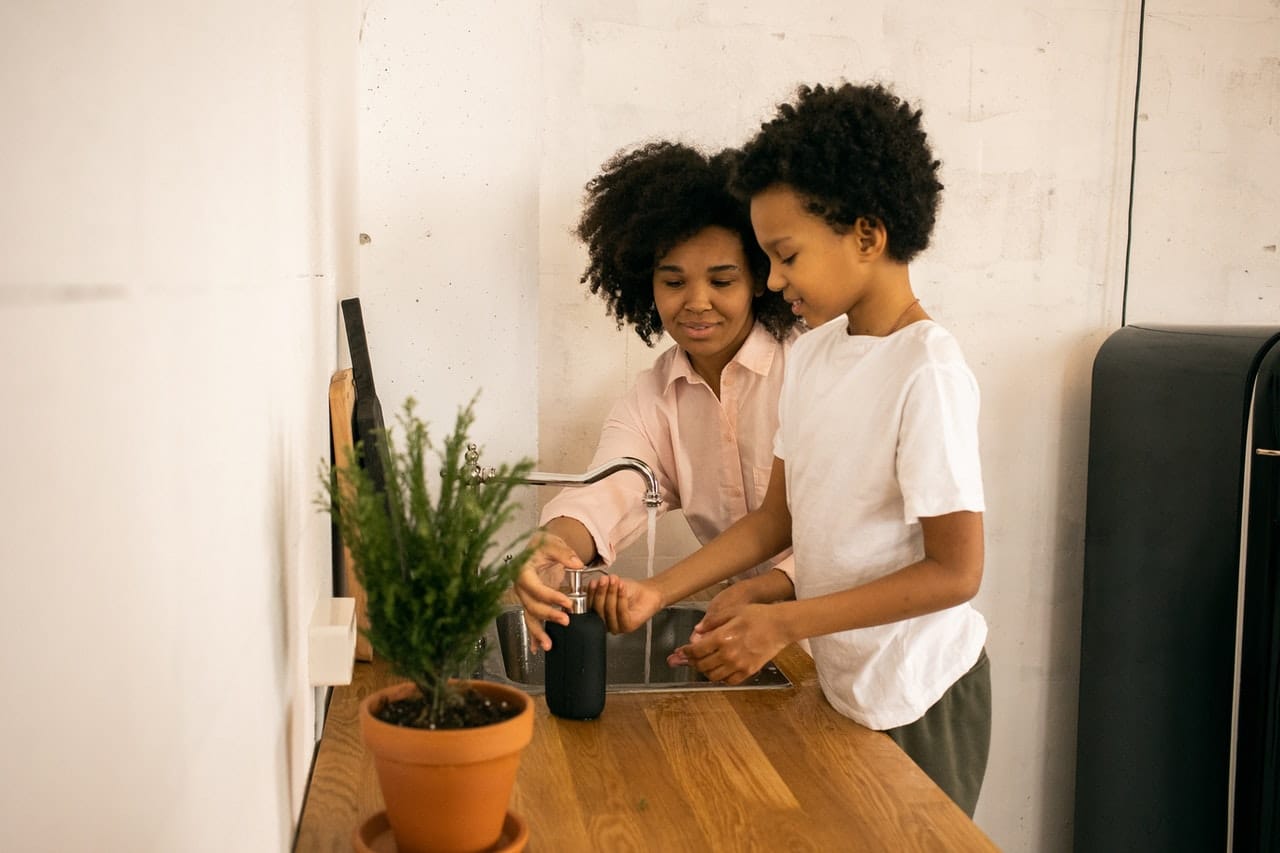
How to Embrace Sustainability When Redesigning Your Garden

Now that the sun has come out and the summer months are upon us, many homeowners will inevitably find themselves spending more time in the garden, looking for new ways to improve the look and feel of their outside space. If this is the case for you as well, before you dive into buying the first set of rattan furniture you can find, it’s important to consider the environmental impact redesigning your garden can have.
Climate change is still a highly relevant and pressing issue in today’s society, after all, so we all must do our bit to ensure we keep our individual carbon footprint as low as possible.
With this in mind, join us as we run through some of the best ways to redesign your garden with sustainability in mind. We’ll be highlighting not only how to create an outdoor space you love, but to design one to help the planet at the same time.
Invest In Renewable Energy
One of the easiest ways to embrace sustainability in the redesign of your garden is by investing in renewable energy.
Whether it be solar panels on your garage roof, a ground source heat pump at the foot of the garden or a biomass heating system, there are a number of great ways to power your home and garden without it costing the earth. Plus, it could even add value when you come to eventually sell.
Besides, if you plan on utilizing your garden’s redesign around a specific activity – such as practicing golf, building a home office or creating a garden bar – it’s important to ensure the energy you use is not only sourced sustainably, but is safe to use as well.
Conserve Water
According to recent statistics, 45 trillion gallons of water are wasted annually worldwide. Therefore, it is imperative to do all we can to conserve it wherever possible.
To do this most effectively, large water butts can significantly help, allowing you to capture large quantities of rainwater to then use as you wish – whether it be watering your plants, washing your patio or cleaning your freshly grown vegetables.
Likewise, try to plant crops that aren’t overly reliant on water. Ivy and aloe vera, for example, are two types of plants which not only tend to look after themselves, but also make a fantastic addition to the garden.
Think About Bees
Bees play a critical role in sustaining the planet – pollinating flowers to help plants grow, breed and produce food to keep the world’s cycle of life turning over. So, why not show these yellow and black fuzzy friends your support by allocating an area of your garden to be used as a bee conservation area?
From growing bee-friendly plants like lavender, viper’s bugloss or bluebells to designing a specialist beehive area powered solely using renewable energy, thinking about the bees is a seamless way to implement a slice of sustainability into your garden’s redesign.
Plus, being such good pollinators, it could even leave your garden looking better than you’d ever imagined, helping crops to grow and substantially improving the quality of air.
Only Buy Sustainably Sourced Products
When redesigning your garden, you are probably going to want to invest in some form of outside furniture. So, when you come to deciding on which furniture to buy, make sure the materials they are made from have been sourced sustainably.
It is especially important to only use sustainably-sourced wood. This is because, due to deforestation, we’ve got a growing global issue which has led to the decimation of the homes and livelihoods of much of the world’s wildlife over the years.
Create Your Own Food
Just like water wastage, food waste is a huge issue all the way around the globe. So, rather than relying on your local supermarket to get your food, why not consider installing a compost heap and crop garden in your garden instead?
By growing your own food and vegetables, this will help significantly reduce your carbon footprint, while also providing you and your family with a ton of fresh, healthy vegetables to enjoy.
Similarly, a compost heap can allow you to grow your crops a lot more quickly, utilizing your property’s own food waste in a more sustainable manner.
Final Thoughts…
Implementing sustainability in the design of your garden may sound difficult in principle but, in reality, it can be incredibly straightforward.
Even the smallest change can make the biggest difference. So, whether you go all out and install a brand new renewable energy solution or simply plant a few more of your own crops, the more you can do to personally live more sustainably in your garden, the better the overall climate will fare as a result.



Post a comment